Arjan's Biggest Year
In 2016 I will attempt the ultimate in global birding, to break the world record in birdwatching, this involves observing more than 6000 species in a single year!
Like my predecessor Noah Strycker I will count heard-only birds, but I will differentiate between heard-only- and seen species to make sure my list stays comparable.
During my 'Biggest Year' I will raise money for the groundbreaking Birdlife Preventing Extinctions Programme in a collaboration with Vogelbescherming Nederland and the Dutch Birding Association. This programme aims to prevent the extinction of all globally threatened bird species by applying an active, innovative and highly effective methodology.
Arjan's Biggest Year is supported by:
June 7 - 15
18 juni 2016 · Arjan Dwarshuis · 7673 × bekeken
PLEASE MAKE A DONATION NOW!
world.observation.org/arjan
www.arjandwarshuis.com/#biggestyear
June 7th ENDANGERED PARROTS AND GRACEFUL CRANES
We had left Jeremy’s place at 4:30 AM, a very early start, but necessary to see a fascinating bird, the Cape Parrot.At daybreak we arrived at Ethan’s stakeout, a clearing in a beautiful patch of afro-montane forest dominated by Yellow-wood trees. It was freezing cold, but as we waited for any signs of Parrots we killed time by tracking down two sometimes difficult endemics, the skulking Barratt’s Warbler and the a-typical Bush Blackcap.
Suddenly we heard the characteristic screeches of Parrots and moments later we found 2 of these highly endangered birds perched at eye level on top of a tree. We enjoyed frame filling scope views of the Parrots, a rare treat since normally you will only be able to see this rare bird in flight. Their numbers are dropping dramatically due to three primary causes. Initially there were the destruction of old growth Yellow-wood forest and capture for the illegal pet trade, but now Beak-and-feather disease is decimating their remaining isolated populations as well.
After some more forest birding we went to the Darvill Sewage Works to look for a potentially wintering Greater Striped Swallow. We failed to find any swallows, but we did find three different local rarities, a Lesser Jacana, a Banded Martin and a Collared Pratincole.
The highlight was still to come, the endangered Wattled Crane. In order to find these majestic birds we went to the Karkloof Conservation Centre and their nearby hide, which usually holds several of these huge cranes.
As we approached the site we could already see a couple of large white birds standing in front of the hide. After we had positioned ourselves and opened the flaps, we all had amazing views of no less than seven Wattled Cranes foraging within 50 meters, a truly majestic sight!
June 8th TWO HOURS IN LESOTHO
As we left Jeremy’s place at 4:30 AM we were very pleased to find out it was wind still with a star-littered sky, perfect conditions for our 4WD tour with local birder Stuart McLean. Up to Sani Pass and into the Kingdom of Lesotho.
As it was slowly getting light we drove up the dirt road towards Sani Pass. Meanwhile, Stuart and Ethan shared their incredible knowledge of this region and while hearing their stories we picked up endemics like Cape Grassbird, Cape Rock-thrush and, best of all, a smashing Gurney’s Sugarbird.
We cleared customs on the South African side of the border and then we really started to climb up towards the Lesotho plateau, through a breathtaking landscape and with crystal clear weather. Suddenly Stuart called out the magic word: ‘Rockjumper’! Not long thereafter we had amazing views of a tame pair of this charismatic species, representing a new bird family for me. Truly, this sighting ranks among my best moments of this year.
At the Lesotho border post we quickly found the range restricted Drakensberg Siskin and half an hour later we found ourselves birding in Lesotho, where multiple Bearded Vultures and a very obligating pair of Ground Woodpeckers were the highlights.
On the way back down, Camilla saw her first Secretary-bird, one of those fascinating African birds just too good to be true!
Although we are not seeing too many new ones these days, we do see about everything on the target list and the quality of these sightings simply is top-notch.
June 9th REFUSING TO HAVE A ZERO DAY
We had seen literally everything new to be found in this part of South Africa, all thanks to Birding Africa’s fantastic itinerary and Ethan’s guiding. Now there was one remote possibility left before our evening flight from Durban to Cape Town, the Melodious Lark. This bird is not found along the traditional birding route and requires a long drive from Pietermariensburg to middle-of-nowhere Winterton.
We arrived in the sleepy town of Winterton around 7 AM and since we had no idea which fields to walk to find the lark – which is actually never ever recorded in winter – we opened up a map in a coffee place to figure out where our chances would be best. The fields north of the town seemed best, but as we drove over there every suitable field was fenced. Finally we were granted access to a suitable looking field by a friendly farmer, but only after two hours of trying. In the two hours left we walked that field, but we did not flush a single lark. Actually the only good birds were the southern subspecies of White-bellied Bustard – maybe a future split – and two Common Buttonquail – I wish they were Black-rumps. Then it was time to head to the airport with still not a single new bird in the pocket and we would arrive in Cape Town at night, a zero day seemed inevitable…
We arrived at 9 PM in Cape Town and since Ethan refused to have a zero day on ‘his watch’, we drove over to a small inlet along the coast where we battled a howling storm and streaming rain, just to find an African Oystercatcher in the spotlight just before midnight, pfeeeeeeeew….
June 10th WES COAST BABY
Today Ethan, Camilla and I were joined by Klaas Douwe Dijkstra, a Dutch birder and dragonfly researcher living in Cape Town, and Michael Hilchey, an American birder joining us for the whole Western Cape part of this trip.
As always during this South Africa tour we had a very specific target list, with Ethan tackling one species after the other.
The day started a bit rainy and windy, but luckily weather conditions gradually got better as the day proceded. The first new bird however was a still soaking wet Southern Black Korhaan looking perfectly miserable, standing alongside the road. Next up was the Chestnut-banded Plover for which we had a stakeout at a saltpan south of West Coast NP. This neat looking wader was quickly found, which meant that we could leave the windy saltpans and head off to look for the best looking lark in Southern Africa, the Cape Long-billed Lark. Our tactics of slowly driving through suitable habitat eventually paid off and it was great to see another member of this South African flagship family.
One of our best sightings was just before we headed back to Cape Town, when we watched an impressive Verraux’s Eagle performing an aerial show over our heads, great stuff.
June 11th COMPLETING THE ROCKJUMPER FAMILY
Today we were with a big group, Billi had finished her exam so she was back in the game, Klaas Douwe and Michael were joining again and Birding Africa’s boss and top birder Callan Cohen was directing the whole party – despite a bad leg injury, so all respect for the guy!
We began our quest for endemics with the most brilliant of all, the Cape Rockjumper and after seeing its Drakensberg counterpart a couple of days before, I now had the opportunity to complete this most awesome of bird families.
In order to see the Rockjumper we walked up to the windy Sir Lauwry’s pass, meanwhile picking up the sometimes difficult Cape Siskin and the skulky Victorin’s Warbler. At the pass we started our search and luckily after about half an hour a Rockjumper called. We were able to roughly pinpoint the sound and climbed up the rocky slope towards the bird's suspected stakeout. Suddenly Michael saw a pair of Rockjumpers and after rushing over there and nearly breaking my legs we all had fantastic views!
Next we drove to the nearest suitable fields to look for the highly range restricted Agulhas Long-billed Lark. On our way there we had great views of several different groups of Blue Cranes – South Africa’s national bird. Many of these gracious birds were displaying showing off their spectacular ‘dance’.
The Lark proved difficult, but after two hours of trying different suitable looking fields we finally succeeded.
We spent the remaining part of the day chasing Knysna Woodpeckers, a notoriously difficult to find species. The weather was not favourable unfortunaly, with cold and overcast conditions and despite trying hard till dusk, this last target of the day did not materialize. Four difficult targets out of five, was not bad at all.
June 12th A PELAGIC MEGA RARITY!
I was very excited when the alarm rang this morning, as today was Cape Town pelagic day! Birding Africa had organised a pelagic trip through its sister company Cape Town Pelagics especially for my Biggest Year. Since I’d done hardly any pelagic birding this Biggest Year I could potentially get a nice selection of new birds. It is worth mentioning that all profits of Cape Town Pelagics directly go to seabird conservation and/or research.
The trawling grounds on the edge of the continental shelf 25 miles of off Cape Point are notorious for their large numbers of ‘tubenoses’, especially in winter. On a regular pelagic you can get at least three species of Albatross, but on a good one you might be lucky to see five species or more.
We were in good hands today because this pelagic was guided by Cape Town Pelagics’ top guide Cliff Dorse. While waiting for our vessel to arrive at the docks of Simon’s Town he said to be keen on finding something rare today!
The sea seemed rather calm as we left the harbour, but as soon as we rounded Cape Point the ocean swell started to take its toll, which resulted in a fair bit of seasickness, but after simultaneously the first Black-browed- and Shy Albatrosses started to appear those hardships were soon forgotten.
Suddenly Captain Allen spotted a trawler in the distance. Trawlers attract huge numbers of seabirds since the by-catch is thrown overboard. A fantastic, but at the same time worrying sight since these seabirds are basically having a feast on the same phenomenon that partly causes their demise, overfishing. In addition, seabirds used to break their wings while crashing into the cables used to haul in the huge nets. Luckily fishing vessels are now obliged to line these cables with conspicuous red flaps to warn the seabirds for these deadly cables. This simple solution seems to work.
For the next three hours we found ourselves amidst a feeding frenzy of tubenoses. Tens of thousands of White-chinned Petrels with hundreds of Wilson’s Storm-petrels, Antarctic Prions, Sooty Shearwaters and Black-browed- Shy- and the occasional Indian Yellow-nosed Albatross mixed in. Then it happened, a very excited Cliff screamed ‘This is a juvenile Grey-headed Albatross! I’m sure of it’! And indeed there was a Grey-headed Albatross, leisurely swimming next to the boat for the next 15 minutes, a mega rarity in Southern African waters and a much unexpected year bird.
On the way back we passed a breeding colony of the endangered Bank Cormorant and we finished this fantastic day at the African Penguin colony at Boulders Beach. What a great day.
June 13th THE TONQUA KAROO
Yesterday evening we had already driven north to Ceres from where our three day mega road trip to the Namibian boarder and back would start. Our group consisted of Michael and his girlfriend Larisa, Billi, Ethan, Camilla and myself. We had a notoriously difficult set of targets, even including the very remote Barlow’s Lark and as I mentioned before, all to be done in three days….
Our first target immediately was a tricky one, the Protea Canary, but Ethan’s stakeout proved reliable -as always- and despite the windy conditions we quickly located a singing male.
We continued north into the Tonqua Karoo and soon the landscape changed dramatically into desolate semi-dessert. Layard’s Tit-babbler, Namaqua Warbler, Karoo Lark, Rufous-eared Warbler and Karoo Eremomela were the first ones off the list, but then it was time for a difficult one, the Cinnamon-breasted Warbler. Not this time though, as soon as we set foot outside the car a bird started calling from a rocky ridge and soon we enjoyed fantastic views of a pair.
En route we picked up Karoo Korhaan and the first of many Tractrac Chats before we started a potentially long search for the elusive Burchell’s Courser. The hour of driving up and down a dirt road proved unsuccessful, so we decided to take a walk instead. A good choice, because suddenly a bird called overhead and landed right in front of us, another difficult target nailed!
Just before dusk we found a singing Karoo Long-billed Lark and several flocks of Namaqua Sandgrouse heading for their roost. We decided to push on, three hours north to the isolated town of Brandvlei. On our way we found a recently killed Aardvark along the road, one of our most wanted animals. This sad sighting stimulated us to do a night drive along the quiet the dirt roads near Brandvlei to find this enigmatic anteater ourselves. We had barely started this quest when I suddenly picked up an Aardvark next to the road in my torch light, unbelievable! We had amazing views for a full minute before it vanished, making this one of my best wildlife sightings ever...
June 14th TO THE NAMIBIAN BORDER AND BACK
We made a pre-breakfast round around Brandvlei, which didn’t result in anything out of the ordinary, so we hurried up and headed towards the border town of Poffadder.
As we drove northeast we noticed it probably rained recently, because the otherwise bone-dry vegetation was now in full flower. Suddenly we found a group of Ludwig’s Bustards next to the road in a beautiful field with purple flowers and as we stepped out of the car to look at these rare game birds we noticed that larks were displaying everywhere. It took us a while until we realized that they were all Stark’s Larks, an unpredictable and highly nomadic bird certainly not expected here.
From Poffadder we drove north to the Namib border to look for Orange-river White-eye and Rosy-faced Lovebird, a Namib endemic that just creeps into South Africa at this riverine border crossing. The White-eyes were quickly found, but it took a tense hour before we finally found a pair of Lovebirds, nesting on an electric post along the road!
We did very well over the course of the last two days, but tomorrow we would have to drive all the way back to Cape Town while ticking off some very localized species en route.
June 15th THE LONG WAY BACK
At dawn we found ourselves partolloing the very scenic KAO dunes – or Red Lark district ;-) – for the localized Red Lark and we were very pleased to find that several of these larks were displaying over the red dunes. Another great find was a flock of Black-headed (Damara) Canaries and another new lark, the Fawn-coloured Lark.
Next we headed three hours northwest to a remote and sleepy coastal town. Here we started our search for the highly localized Barlow’s Lark. First we found two Karoo Larks, then a pair of Cape long-billed Larks, then a hybrid Karoo x Barlow’s and finally four wonderful displaying Barlow’s Larks!
Then it was time to drive all the way back to Cape Town, a gruesome 8 hours drive, but just before sunset we spotted a lark displaying next to the road. We stopped and unbelievably there were dozens of Cape Clapper Larks displaying over the low scrub. The rainy conditions must have triggered these birds to their unseasonably display.
This South Africa trip was a blast! My special thanks go out to Birding Africa, Callan Cohen and of course Camilla, Billi and Ethan, without you guys this trip wouldn’t have been such an amazing success! Off to Ghana!
Arjan Dwarshuis
PLEASE MAKE A DONATION NOW!
world.observation.org/arjan
www.arjandwarshuis.com/#biggestyear

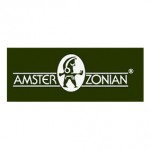







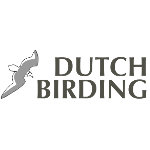






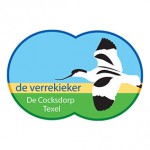



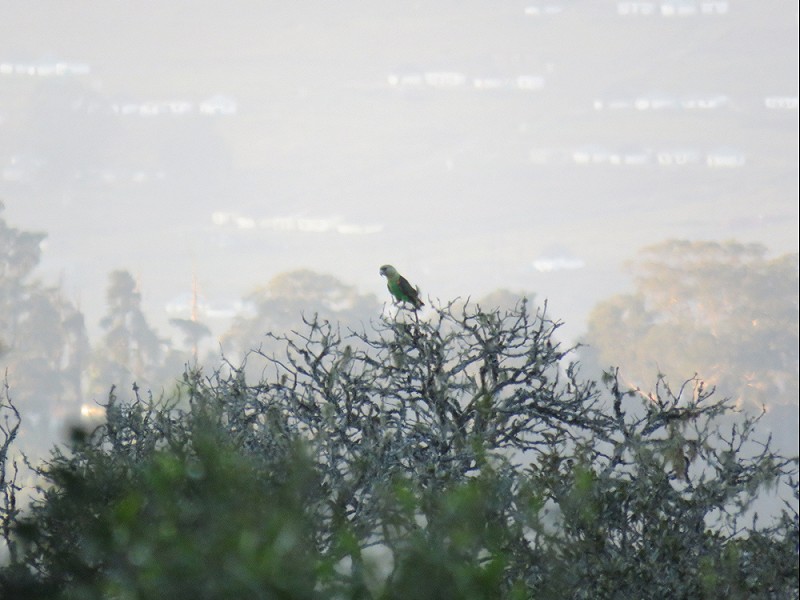
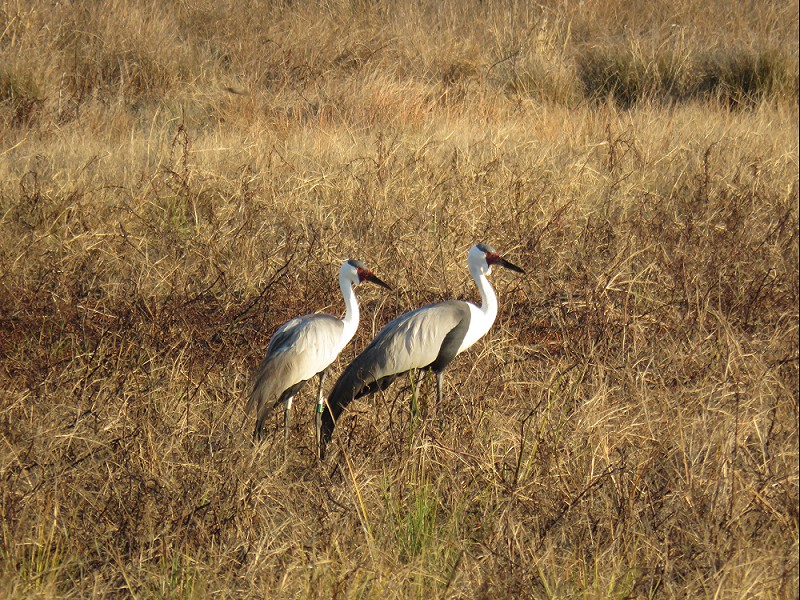
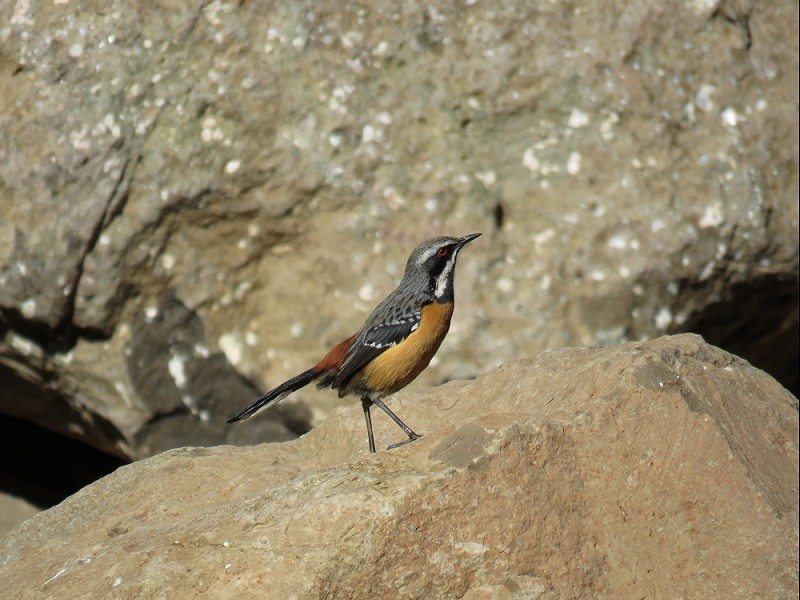

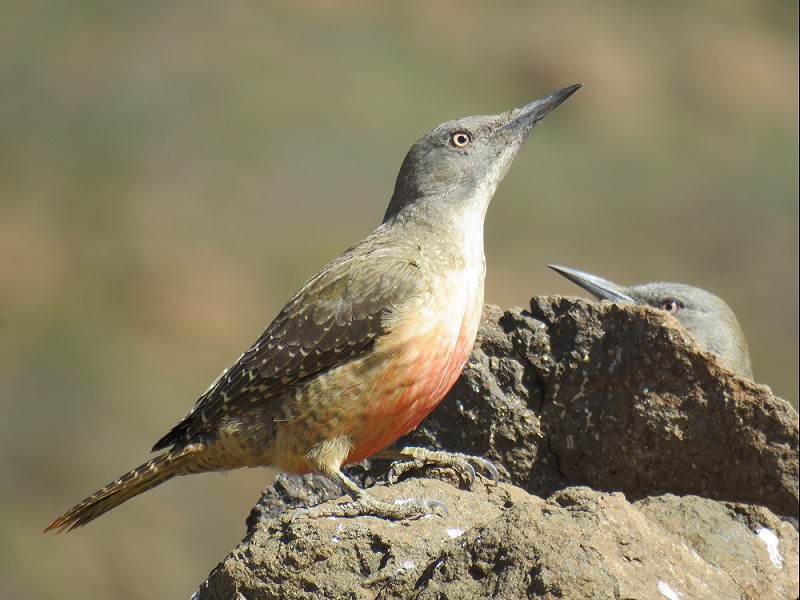
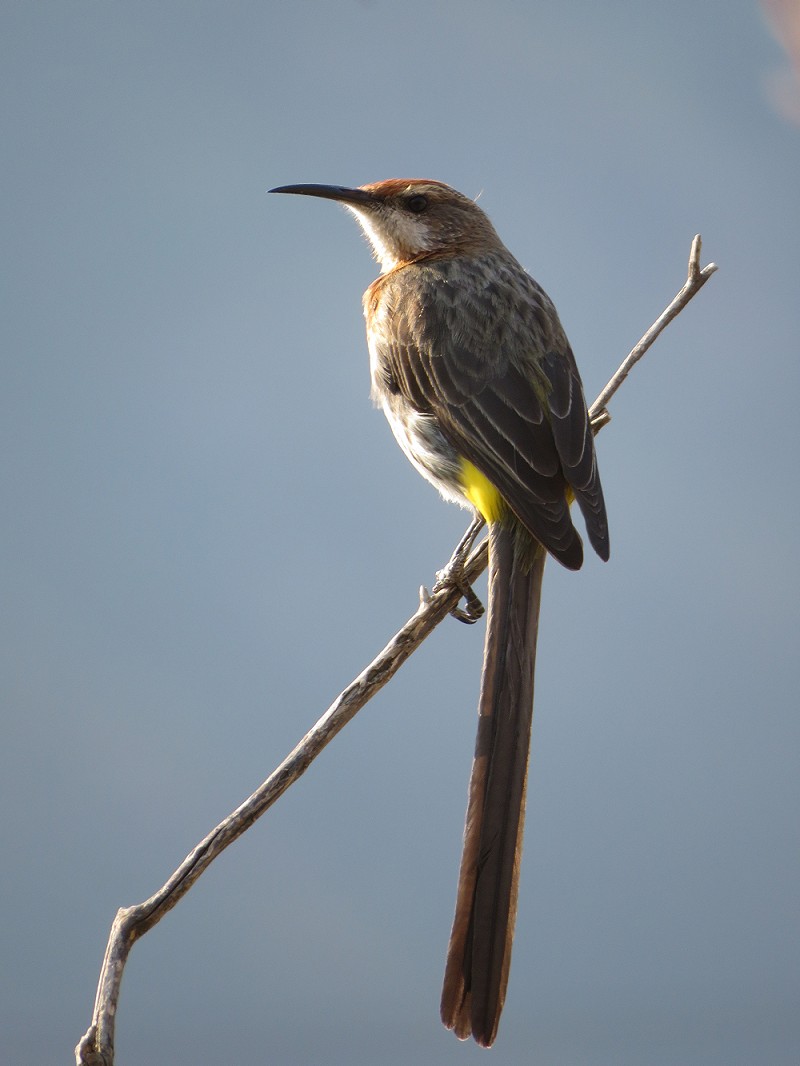
 white-bellied bustard.jpg)
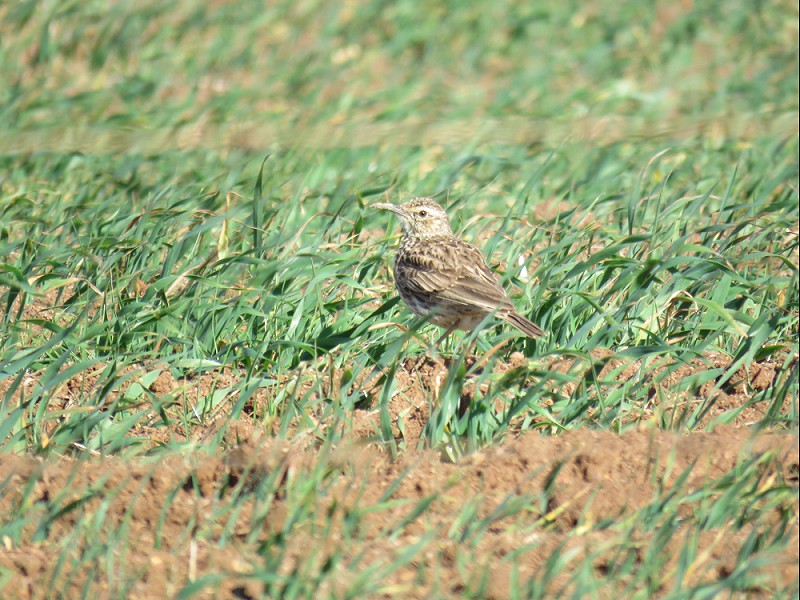
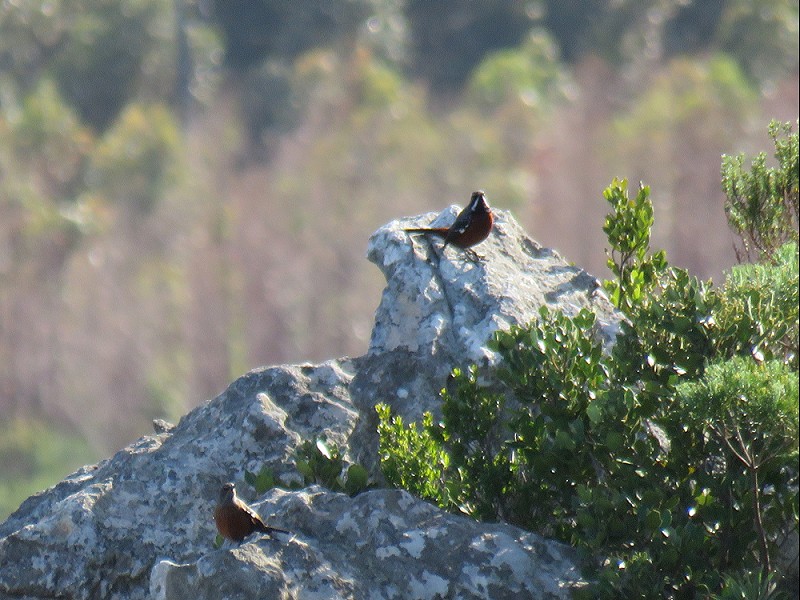
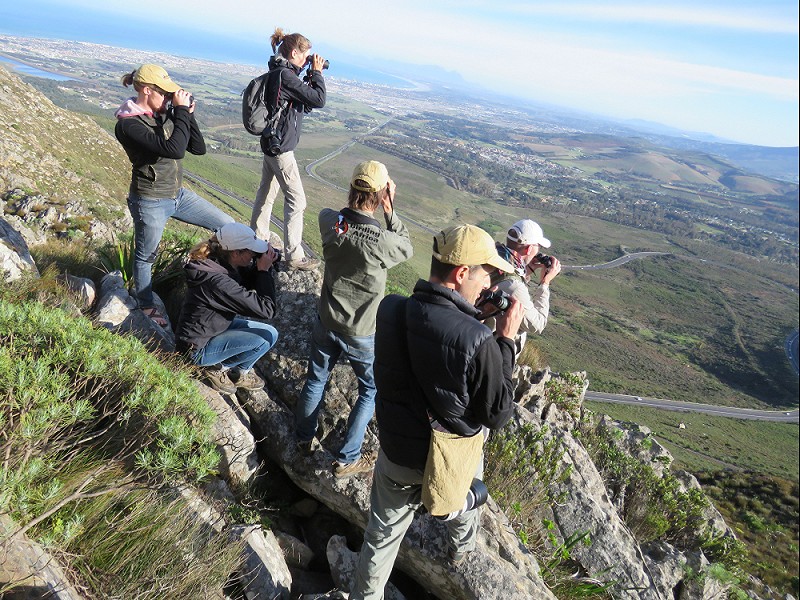
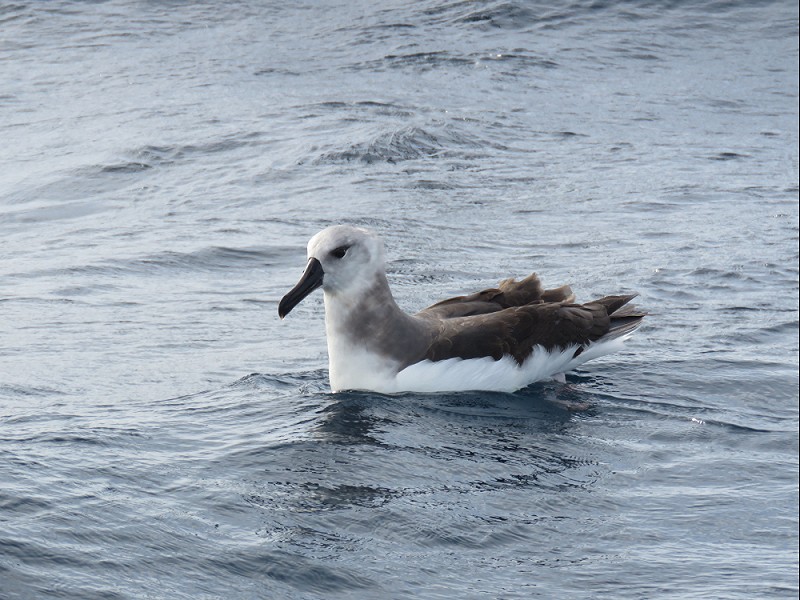
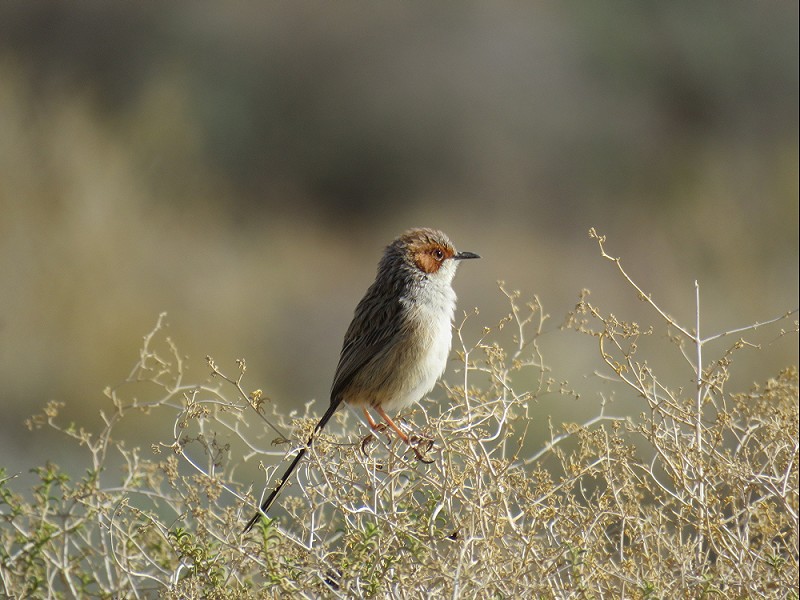
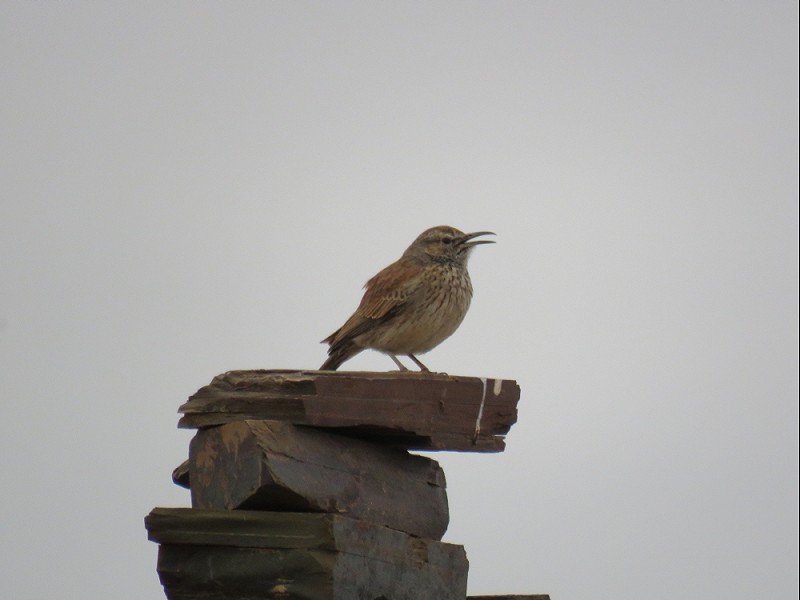
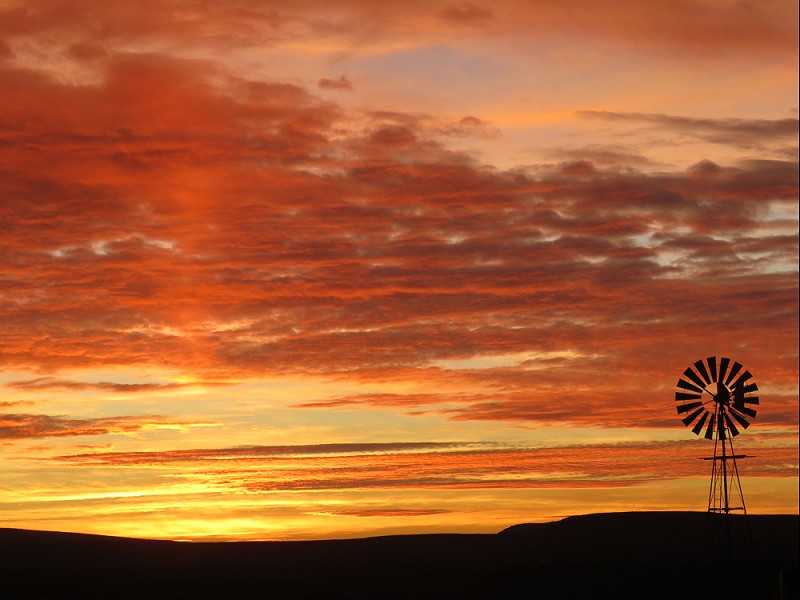

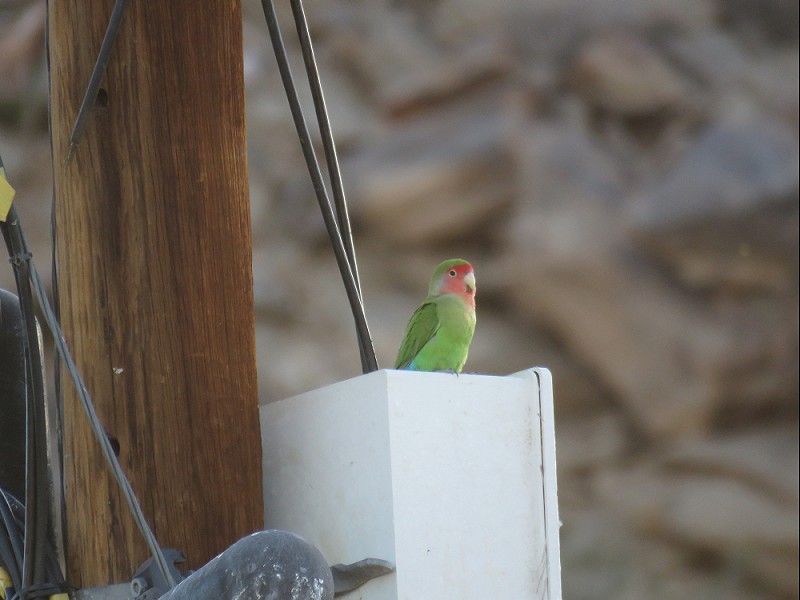
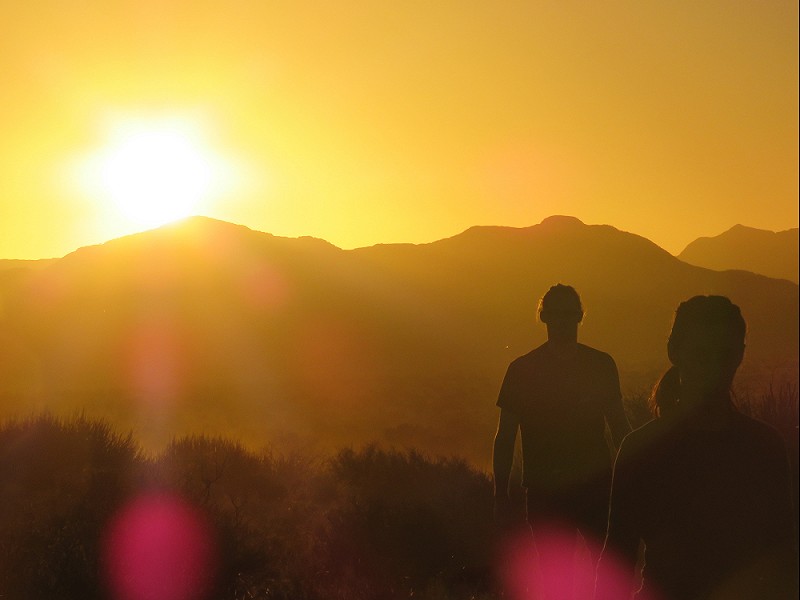
 Canaries.jpg)